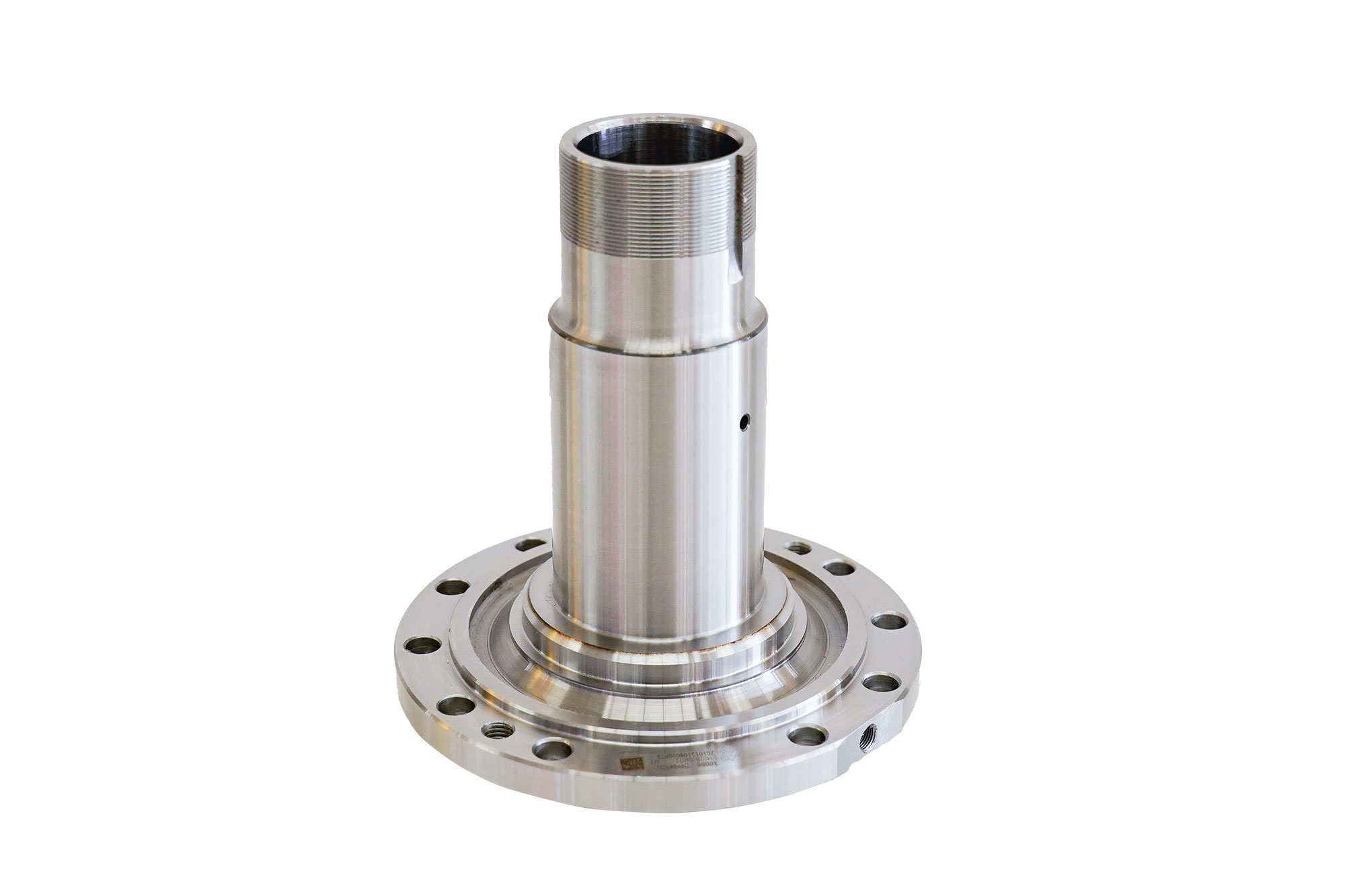News Center
Tel:0086-15872270911
Address:No.36 Wuxi Road, High-Tech Zone, Xiangyang City, Hubei Province, China. 441004
Hot Line
0086-15997288088Sources:Xiangyang Fengzheng Auto Parts Co., Ltd | PublishDate:2021.12.17
1. Acid corrosion inspection: cut the sample on the cross section of the forging to be inspected. After acid corrosion, the macro structure and defects of the cross section can be clearly displayed.
2. Sulfur trace inspection: sample cutting and inspection surface treatment are basically the same as acid etching inspection. It uses the functions of photographic paper and sulfide to check the distribution of sulfide in steel, and can also indirectly judge the distribution of other elements in steel.
3. Fracture inspection: defects in raw materials of the forging itself, or defects caused by heating, forging and heat treatment can be found. Or fatigue cracks caused by parts in use.
4. Microstructure inspection of Forgings: microstructure inspection is to inspect the internal structure and micro defects of forgings under optical microscope. Therefore, the sample is representative.
5. Ultrasonic wave has strong penetration ability, which can penetrate several meters or even ten meters thick metal. Compared with other nondestructive testing methods, ultrasonic inspection of internal defects of forgings is simpler and faster, and the shape, position and size of defects can be found. However, it is not easy to judge the nature of defects. It needs to cooperate with other methods or accumulate rich experience for reasoning and comparison to draw a conclusion.




